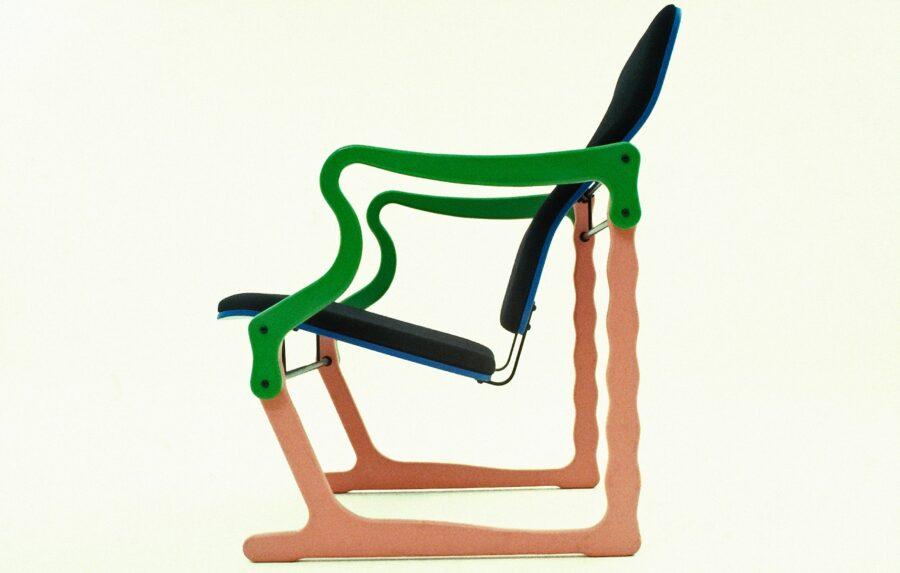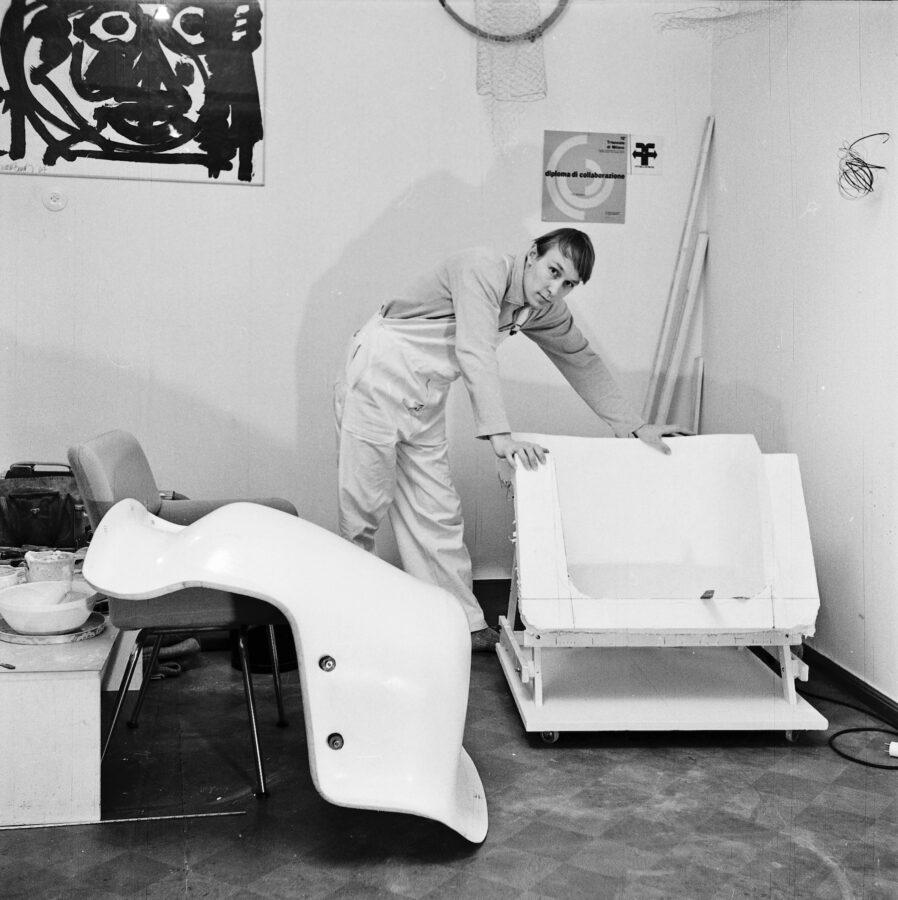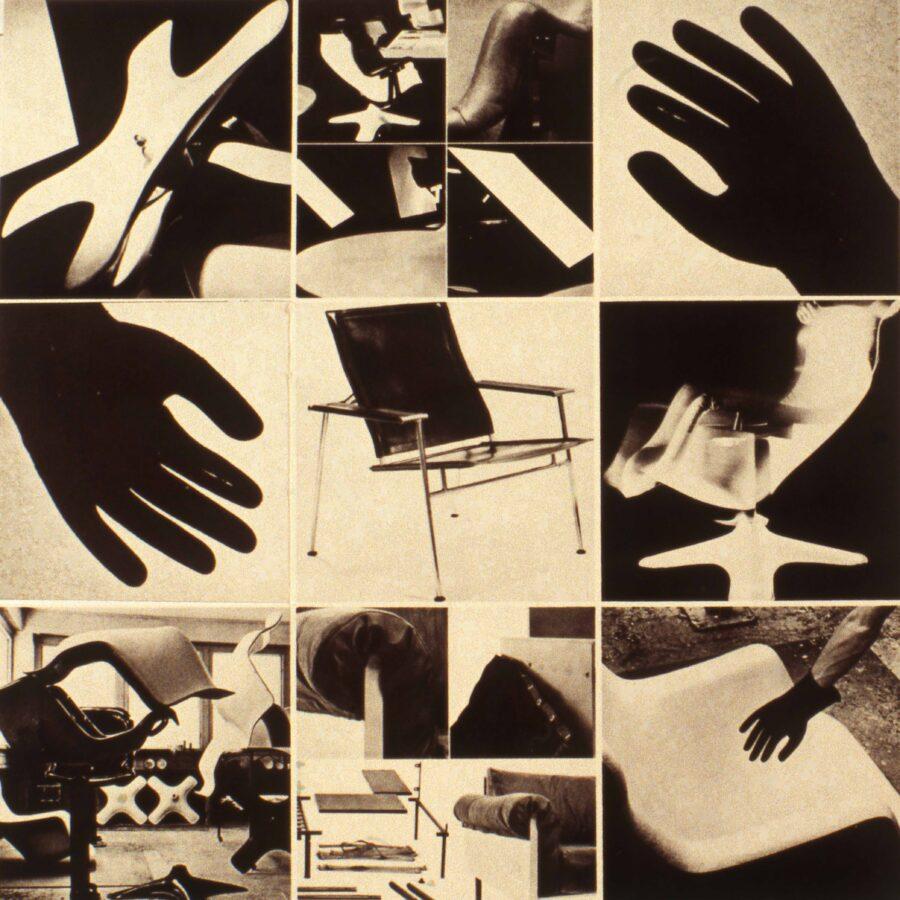It’s sometimes said that we solved the problem of sitting down long ago – but Finnish designer Yrjö Kukkapuro has spent close to seven decades refining the ways in which we sit in comfort
 Photography courtesy of Studio Kukkapuro
Photography courtesy of Studio Kukkapuro
Words by Mandi Keighran
Great designers have a sense of purpose that drives their creative vision. For Finnish designer Yrjö Kukkapuro, that purpose is ergonomics. The idea of furniture designed to fit the human body and eliminate discomfort rather than impose a purely aesthetic form has been at the heart of his work for almost seven decades.
‘Discovering ergonomics was a revelation,’ says Kukkapuro. ‘It gave me a new way to see – self-evident form follows function.’ Kukkapuro studied design at the Institute of Industrial Arts in Helsinki in the 1950s, and in the ensuing decades has created a vast and diverse portfolio of work.
From the early Ateljee modular seating series which was prescient of today’s environmental concerns in its easy repairability, to the minimalist plywood Fysio chair, which Kukkapuro describes as reflecting his ‘mentality and design philosophy the best’.
His commercial breakthrough came in 1956 when he created a shoe fitting chair for an architect working on the retail concept for a Finnish footwear chain. Called ‘Moderno’, the chair was an instant success and inspired a larger collection, which is still popular today.
 Photography courtesy of Studio Kukkapuro
Photography courtesy of Studio Kukkapuro
‘The models are so simple that they have not faced any problems with modern technology,’ explains the designer. ‘Tubular steel, thin plywood and upholstery – that’s it! Easy to produce and no plastics involved.’
Soon after this success, Kukkapuro’s talents were recognised with the prestigious Lunning Prize. The generous grant afforded Kukkapuro the opportunity to travel and broaden his horizons – but, most importantly, it allowed him to finance a home and studio with his wife, Irmeli, who he met while studying at the Ateneum art school.
‘I feel unbelievably lucky to have received grants and been nominated to many honorary associations,’ he says. ‘But, the happiest moment of my life was meeting Irmeli. When we began to live and work together in 1955, my life found true purpose. I was always inspired by her art and vivid imagination, and she was my best critic. We made a perfect team.’
Of all his works, Kukkapuro’s most celebrated design is Karuselli (Carousel), an easy chair designed in 1964 that envelops and supports the human body with its curvaceous form.
 Photography courtesy of Studio Kukkapuro
Photography courtesy of Studio Kukkapuro
It’s held in collections around the world, including MoMA in New York and the V&A in London, and went into production with Vitra in 2013. It has even been championed by Sir Terence Conran as his ‘favourite place to sit because it is so comfortable’.
This famous comfort has surprising origins: Kukkapuro wrapping himself in chicken wire. The young designer has been dreaming of crafting a ‘whole body chair’ from fibreglass that would mirror the form of the human body. In 1962, he was finally able to afford the materials and decided to use similar methods to a sculptor to achieve his vision.
He first wrapped his body in soft metal chicken wire with the help of Irmeli. Then, he cast the wire in plaster and spent several months carving the form that would become the prototype of the seat.
When the chair went into production, however, there was one adjustment that needed to be made: ‘I was so skinny, and the model reflected the form of my body,’ he recalls with a laugh. ‘The bulky executives could not fit into the “lap” of the chair, and we had to make it wider.’
 Photography courtesy of Studio Kukkapuro
Photography courtesy of Studio Kukkapuro
While Kukkapuro is still driven by his mission to make furniture comfortable, he has also become more interested in artistic expression in recent years.
Currently, he is working on an ‘art chair’ to honour the memory of Irmeli, who sadly passed away earlier this year. This will be exhibited at an exhibition at Studio Kukkapuro in spring 2023 in celebration of the designer’s 90th birthday.
‘Today, I feel I have done my duty. I am free to experiment again,’ he says. ‘But I still follow my mission: meeting the needs of the human body for sitting comfortably and safely. I hope that people find my designs friendly and lovable and that my impact will continue to live through our dynamic studio space that will become a museum to inspire future generations.’
Read more in ICON 210: The Finland Issue or get a curated collection of architecture and design news like this in your inbox by signing up to our ICON Weekly newsletter
















